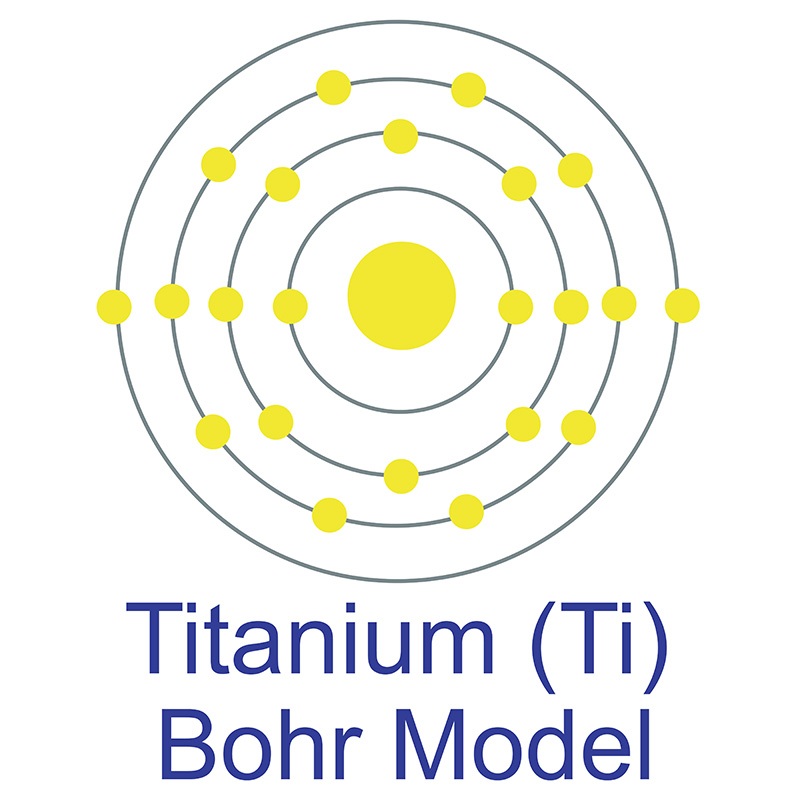
Therefore, there are various non-equivalent definitions of atomic radius.
#Number of valence electrons in si element free#
However, this assumes the atom to exhibit a spherical shape, which is only obeyed for atoms in vacuum or free space. The atomic radius of a chemical element is a measure of the distance out to which the electron cloud extends from the nucleus. It must be noted, atoms lack a well-defined outer boundary. The atomic radius of Silicon atom is 111pm (covalent radius). Note that, each element may contain more isotopes, therefore this resulting atomic mass is calculated from naturally-occuring isotopes and their abundance. The atomic mass is carried by the atomic nucleus, which occupies only about 10 -12 of the total volume of the atom or less, but it contains all the positive charge and at least 99.95% of the total mass of the atom. The atomic mass or relative isotopic mass refers to the mass of a single particle, and therefore is tied to a certain specific isotope of an element. Mass numbers of typical isotopes of Silicon are 28 29 30. Isotopes are nuclides that have the same atomic number and are therefore the same element, but differ in the number of neutrons. The difference between the neutron number and the atomic number is known as the neutron excess: D = N – Z = A – 2Z.įor stable elements, there is usually a variety of stable isotopes. Neutron number plus atomic number equals atomic mass number: N+Z=A. The total number of neutrons in the nucleus of an atom is called the neutron number of the atom and is given the symbol N. The total electrical charge of the nucleus is therefore +Ze, where e (elementary charge) equals to 1,602 x 10 -19 coulombs. Total number of protons in the nucleus is called the atomic number of the atom and is given the symbol Z. (b) How many valence electrons does a silicon atom have (c) Which subshells hold the valence electrons (a) Write the electron configuration for the element. Silicon is a chemical element with atomic number 14 which means there are 14 protons in its nucleus. Groups 1B-8B (transition elements) do not follow the predicted patterns well.Atomic Number – Protons, Electrons and Neutrons in Silicon For the main group elements, the number of valence electrons is the same as the group number listed at the top of the periodic table. The following figure shows the electron dot structures of the elements, lithium through neon, which is the entire second period of the periodic table.

To write an element’s Lewis dot symbol, place the dots representing its valence electrons, one at a time, around the element’s chemical symbol.įor the e-dot structures, it does not matter what sides the dots are placed on in Lewis diagrams as long as each side has a maximum of two dots. Lewis, the American chemist who introduced them. In groups 112, the group number matches the number of valence electrons in groups 1318, the units digit of the group number matches the number of valence. These diagrams are called Lewis electron dot diagrams, after Gilbert N. The number of valence electrons of an element can be determined by the periodic table group (vertical column) in which the element is categorized. For example, the representation for sodium atom is as follows:Īnd the representation for chlorine atom is as follows:

Periodic Table of Elements with Valence Electrons Trends In the below periodic table you can see the trend of Valence Electrons.

The dots are arranged to the right and left and above and below the symbol, with no more than two dots on a side. Click on Element Atomic Number, Element Symbol, Element Name and Element Valence Electrons headers to sort. This electron configuration shows that the last shell of the silicon atom has four unpaired electrons. The valency of the element is determined by electron configuration in the excited state.

These diagrams show only valence electrons which are represented as dots. So, the electron configuration of silicon (Si) in an excited state will be 1s 2 2s 2 2p 6 3s 1 3p x1 3p y1 3p z1. chemistry The atom of which element In the ground state has two unpaired electrons In the 2p sublevel (1) fluorine, (2) nitrogen, (3) beryllium, (4) carbon. \)Įlectron Dot Structures of Main Group ElementsĬhemists use simple diagrams to show an atom’s valence electrons.


 0 kommentar(er)
0 kommentar(er)
